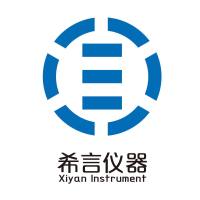NO/cGMP: The Past, the Present, and the Future
互联网
686
The NO/cGMP signalling cascade participates in the regulation of physiological parameters such as smooth muscle relaxation, inhibition of platelet aggregation, and neuronal transmission. cGMP is formed in response to nitric oxide (NO) by NO-sensitive guanylyl cyclases that exist in two isoforms (NO-GC1 and NO-GC2). Much has been learned about the regulation of NO-GC; however the precise role of cGMP in complex physiological and especially in pathophysiological settings and its alteration by biological factors needs to be established. Despite reports on a variety of cGMP-independent NO effects, KO mice with a complete lack of NO-GC provide evidence that the vasorelaxing and platelet-inhibiting effects of NO are solely mediated by NO-GC. Isoform-specific KOs demonstrate that low cGMP increases are sufficient to induce smooth muscle relaxation and that either NO-GC isoform is sufficient in most instances outside the central nervous system. In the neuronal system, however, the NO-GC isoforms obviously serve distinct functions as both isoforms are required for long-term potentiation and NO-GC1 was shown to enhance glutamate release in excitatory neurons in the hippocampal CA1 region by gating HCN channels. Future studies have to clarify the role of NO-GC2, to show whether HCN channels are general targets of cGMP in the nervous system and whether the NO/cGMP signalling cascade participates in synaptic transmission in other brain regions.









